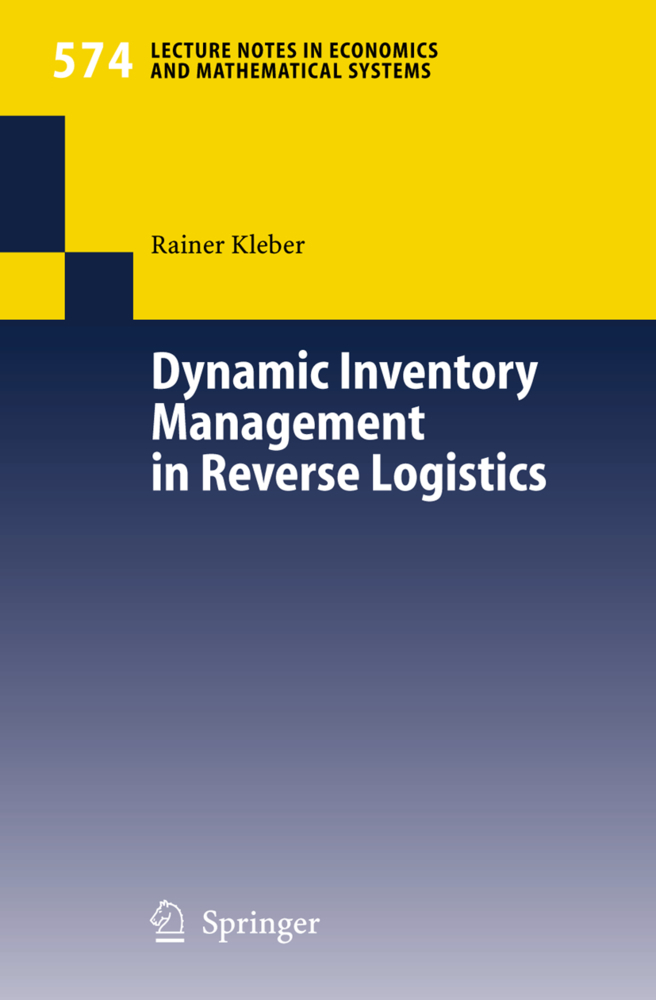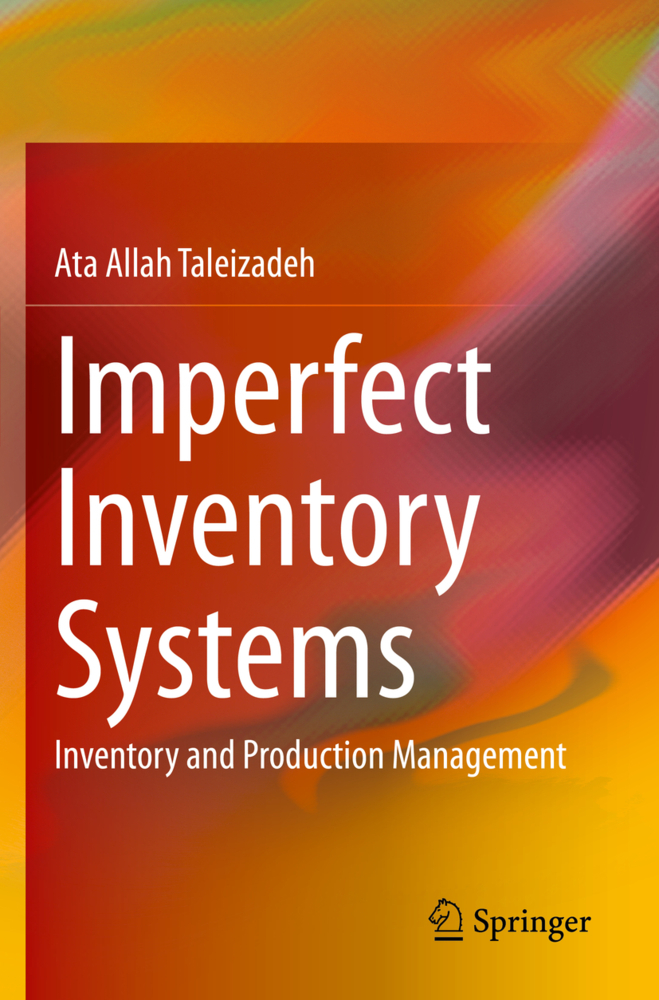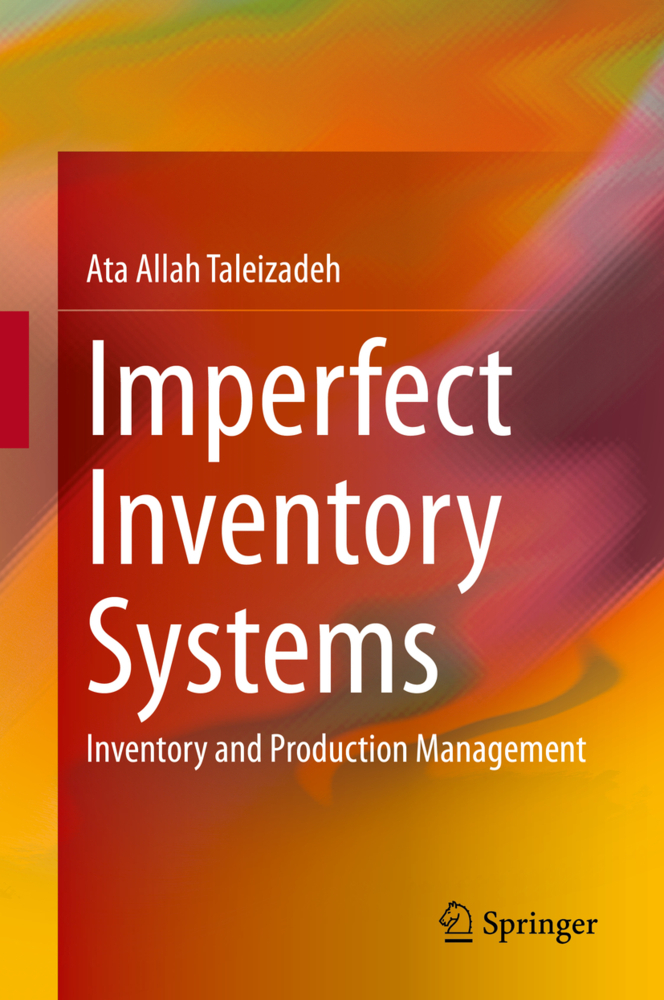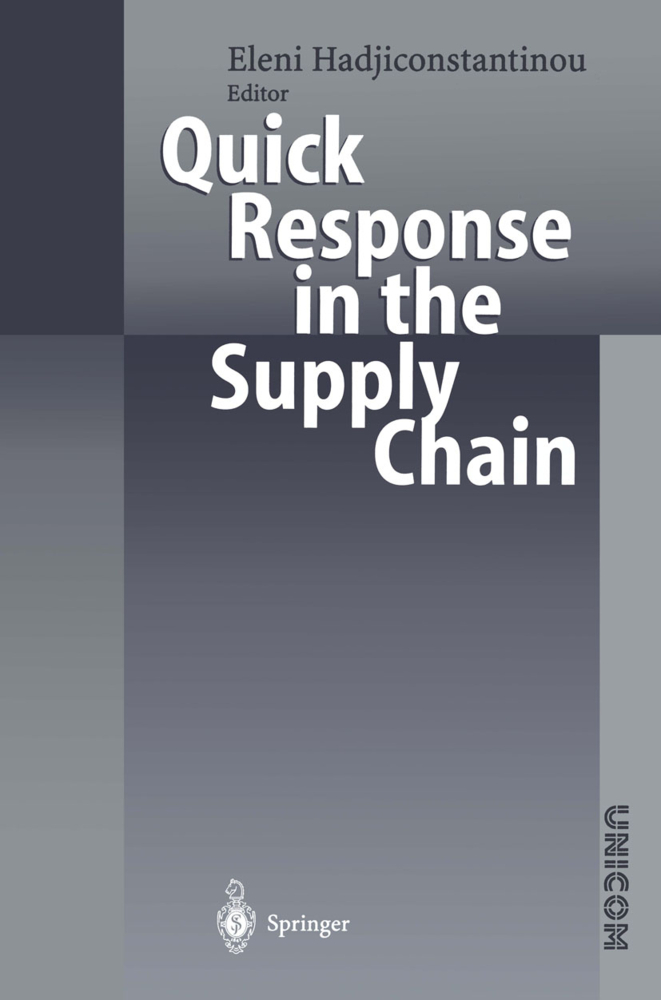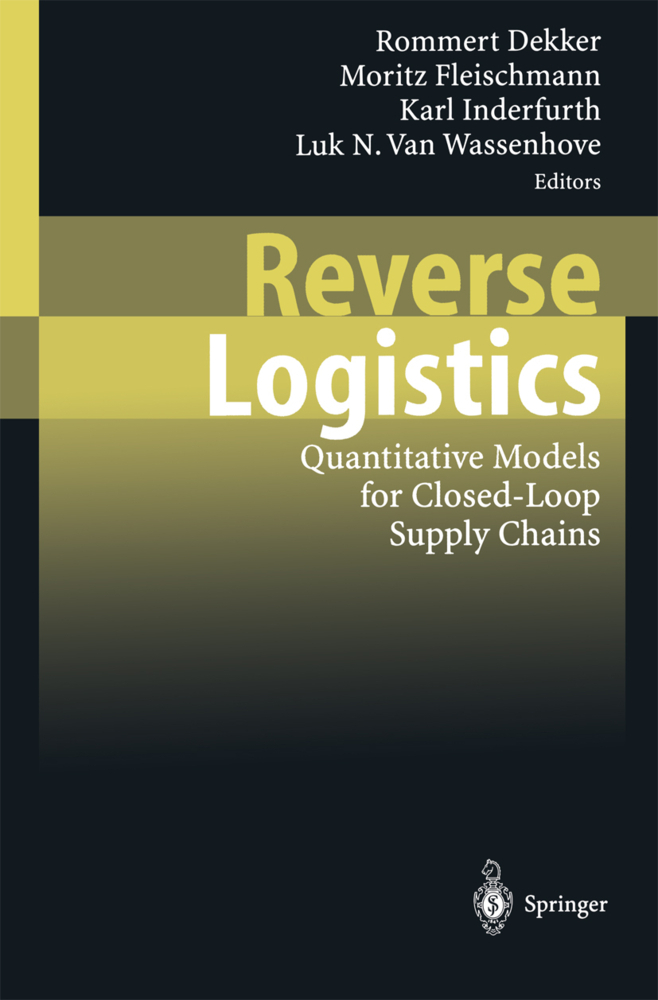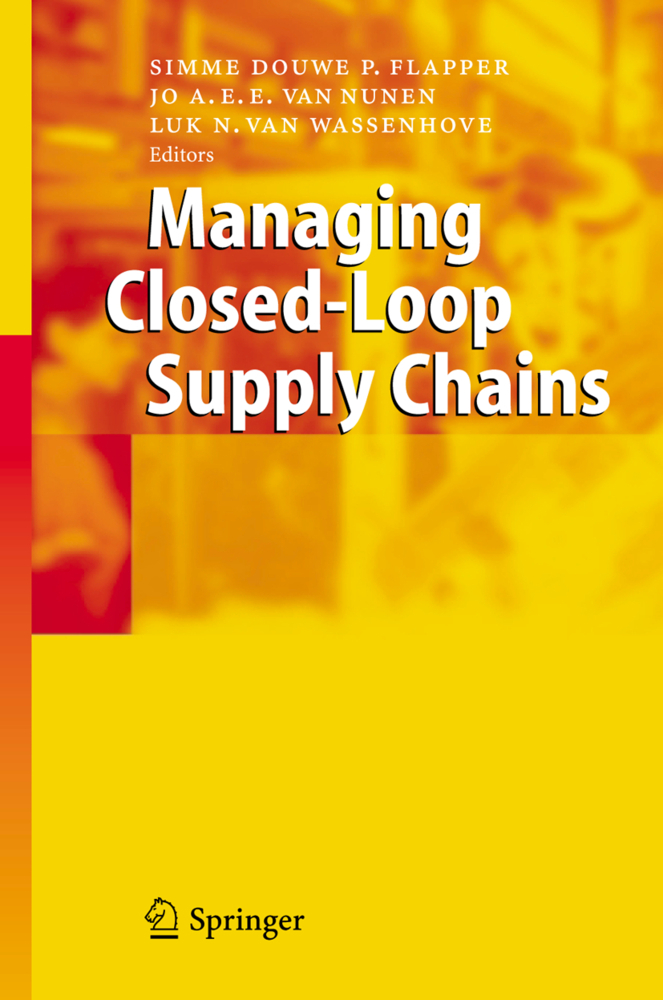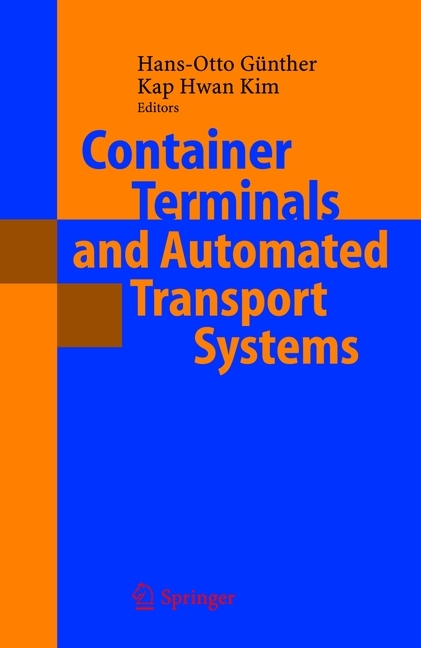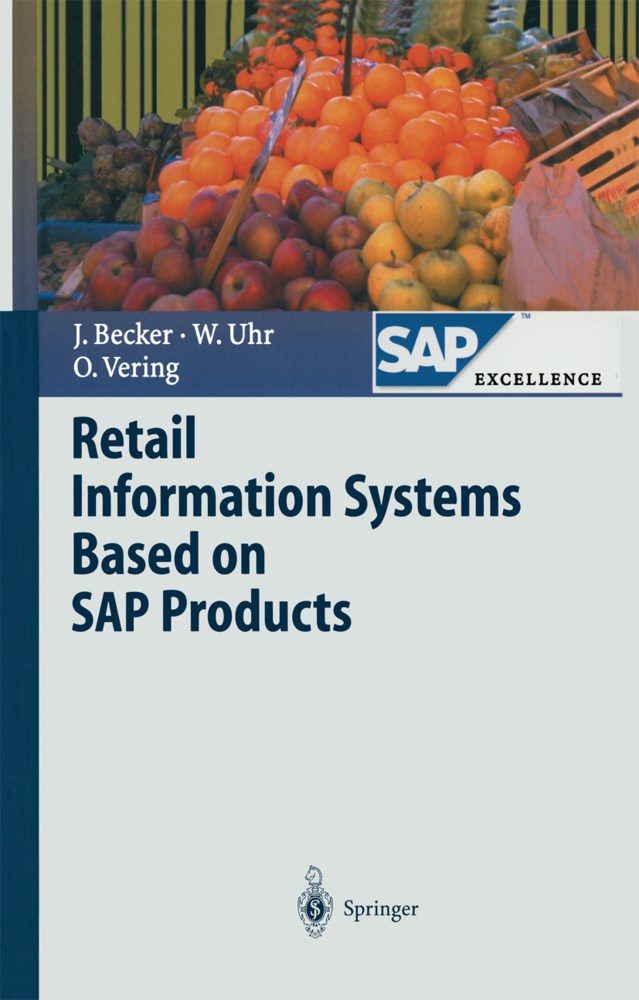Dynamic Inventory Management in Reverse Logistics
ReverseLogistics is an area that has attracted growingattention over the last years both from the industrial as well as from the scienti?c side. The proper management of reverse ?ows of products and materials is of considerable - portance in many industries because of its in?uence on economic performance and environmental impact. The respective management tasks, however, are connected with new challenging planning and control problems. This es- cially holds for product recovery management concerning remanufacturing operations where used products, after being returned to the manufacturer, are reprocessed such that they are as good as new and can be re-integrated into the forward logistics stream. Amajorissueinremanufacturingishowtooptimallycoordinatethepot- tial activities directed at meeting customer demands for serviceable products and to deal with returns of products after end-of-use.Therespectivedecisions refer to ?nding a proper mix of manufacturing original and remanufacturing used products as well as of stock-keeping and disposing of returned items. Hereby, relevant cost impacts and time patterns of demand and returns have to be taken into consideration.
Knowledge Acquisition and Product Recovery
Technology Selection in the Context of Reverse Logistics
Conclusions.
A Basic Quantitative Model for Medium and Long Range Product Recovery Planning
On the Effects of Capacity Constraints in Product RecoveryKnowledge Acquisition and Product Recovery
Technology Selection in the Context of Reverse Logistics
Conclusions.
Kleber, Rainer
| ISBN | 978-3-540-33229-9 |
|---|---|
| Artikelnummer | 9783540332299 |
| Medientyp | Buch |
| Copyrightjahr | 2006 |
| Verlag | Springer, Berlin |
| Umfang | XIV, 182 Seiten |
| Abbildungen | XIV, 182 p. 55 illus. |
| Sprache | Englisch |

